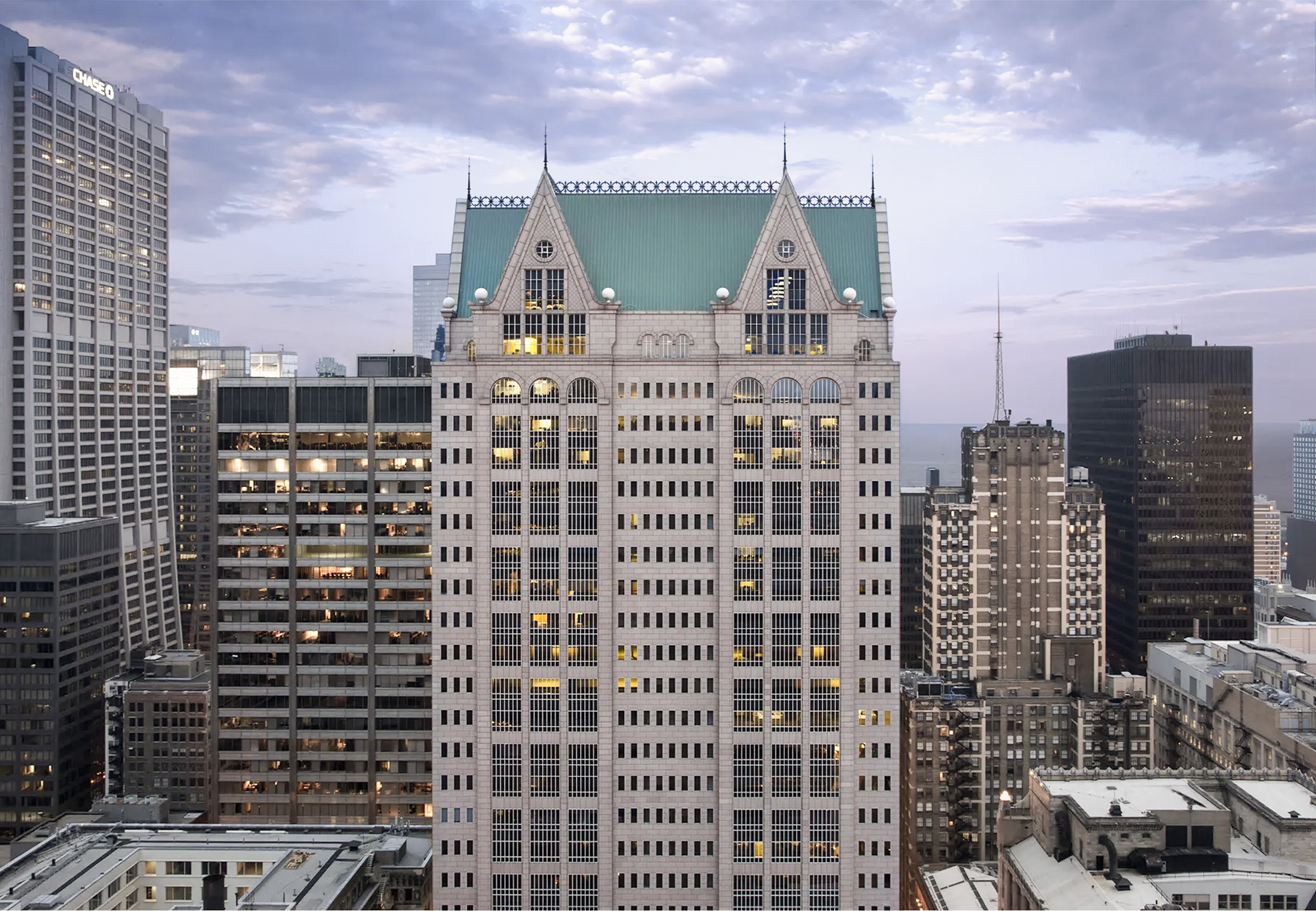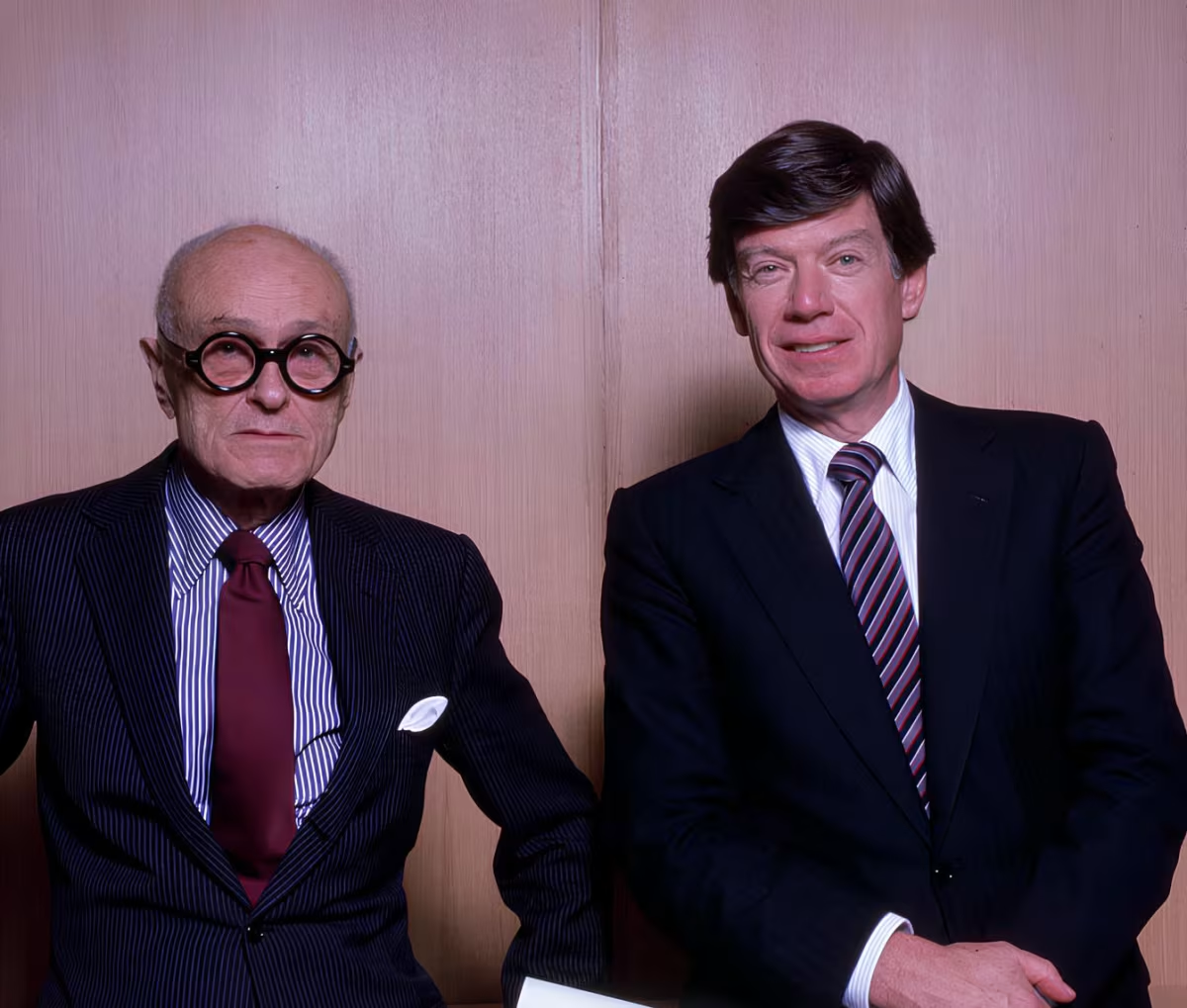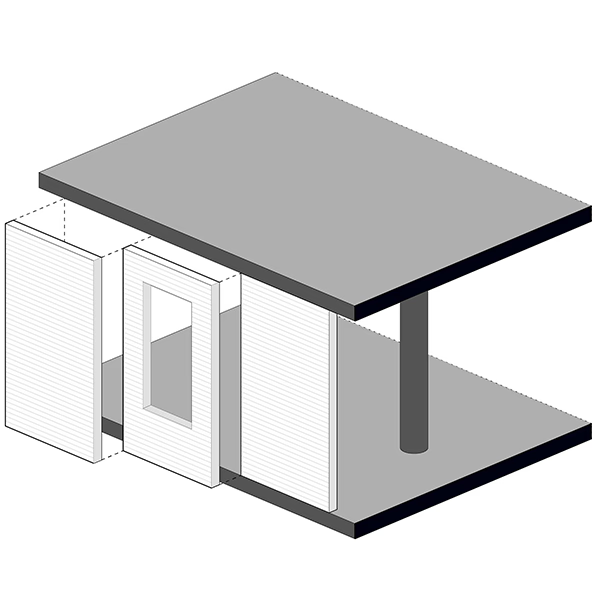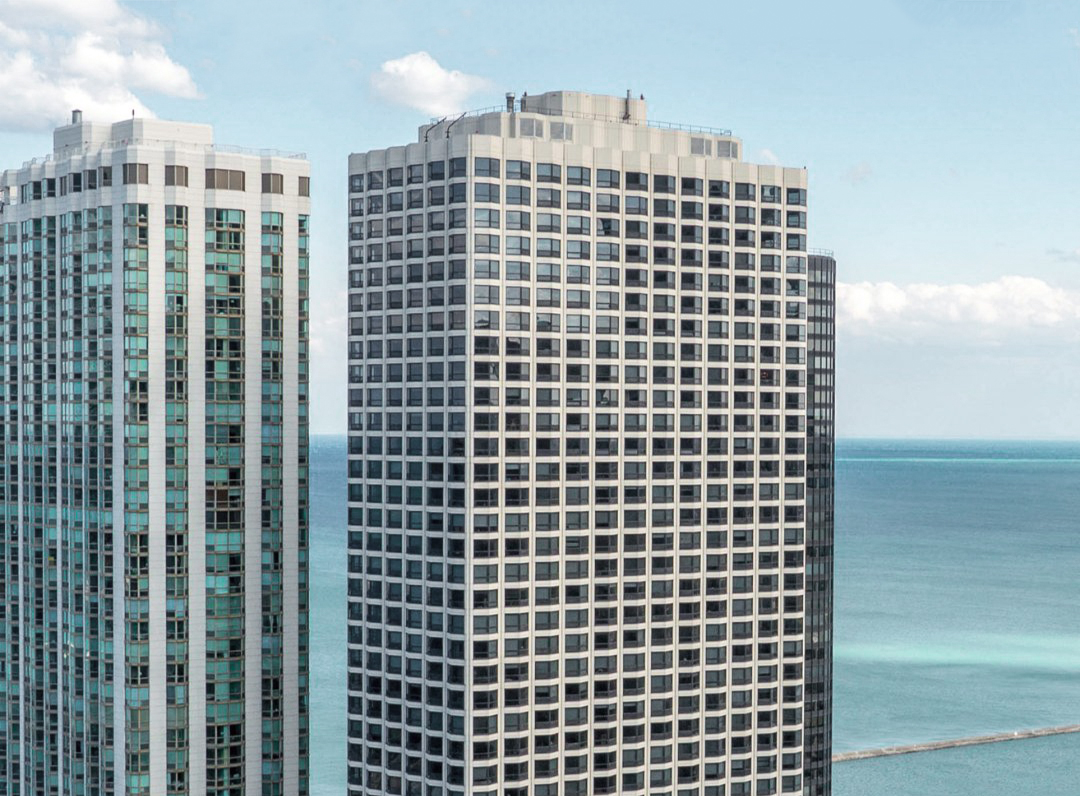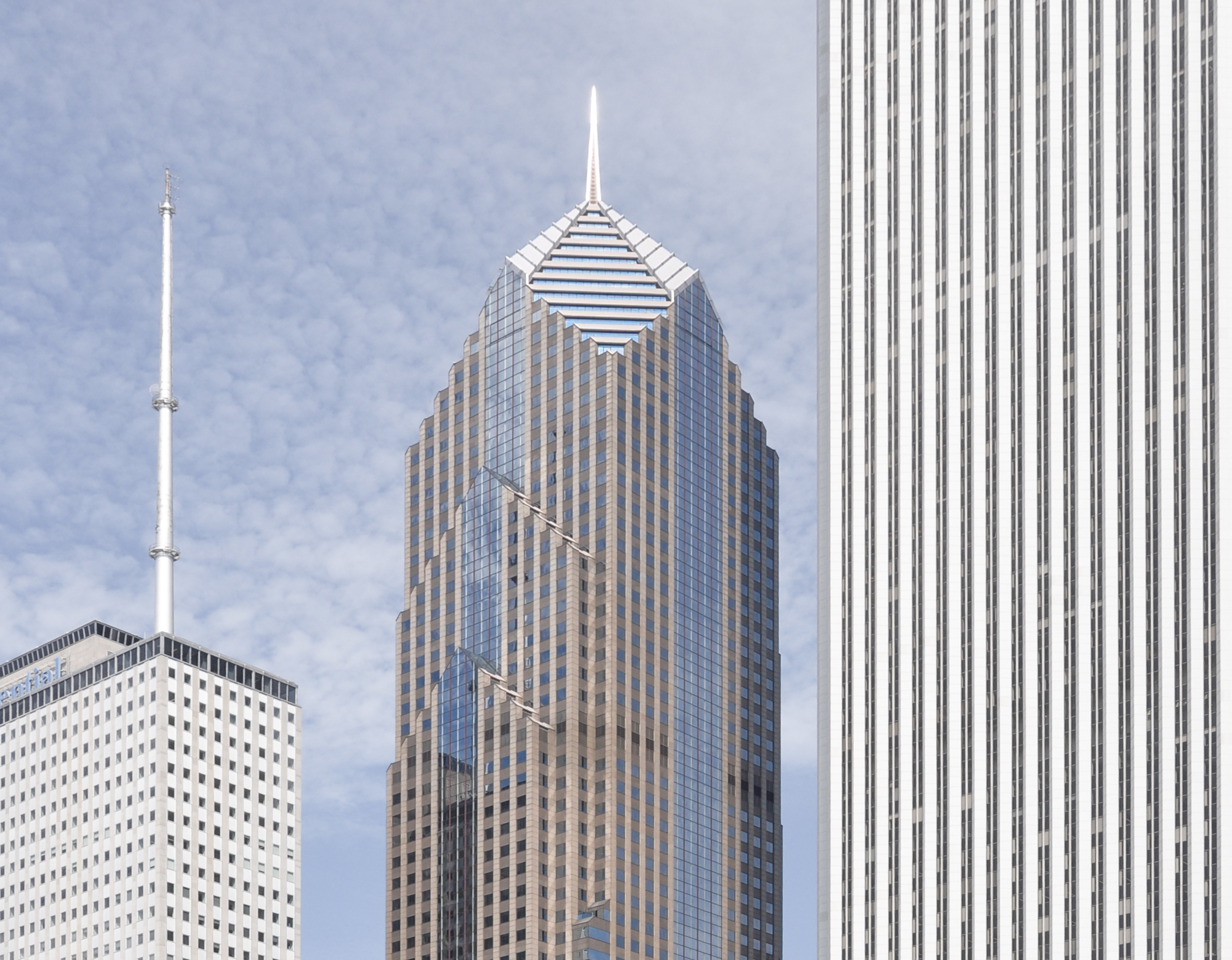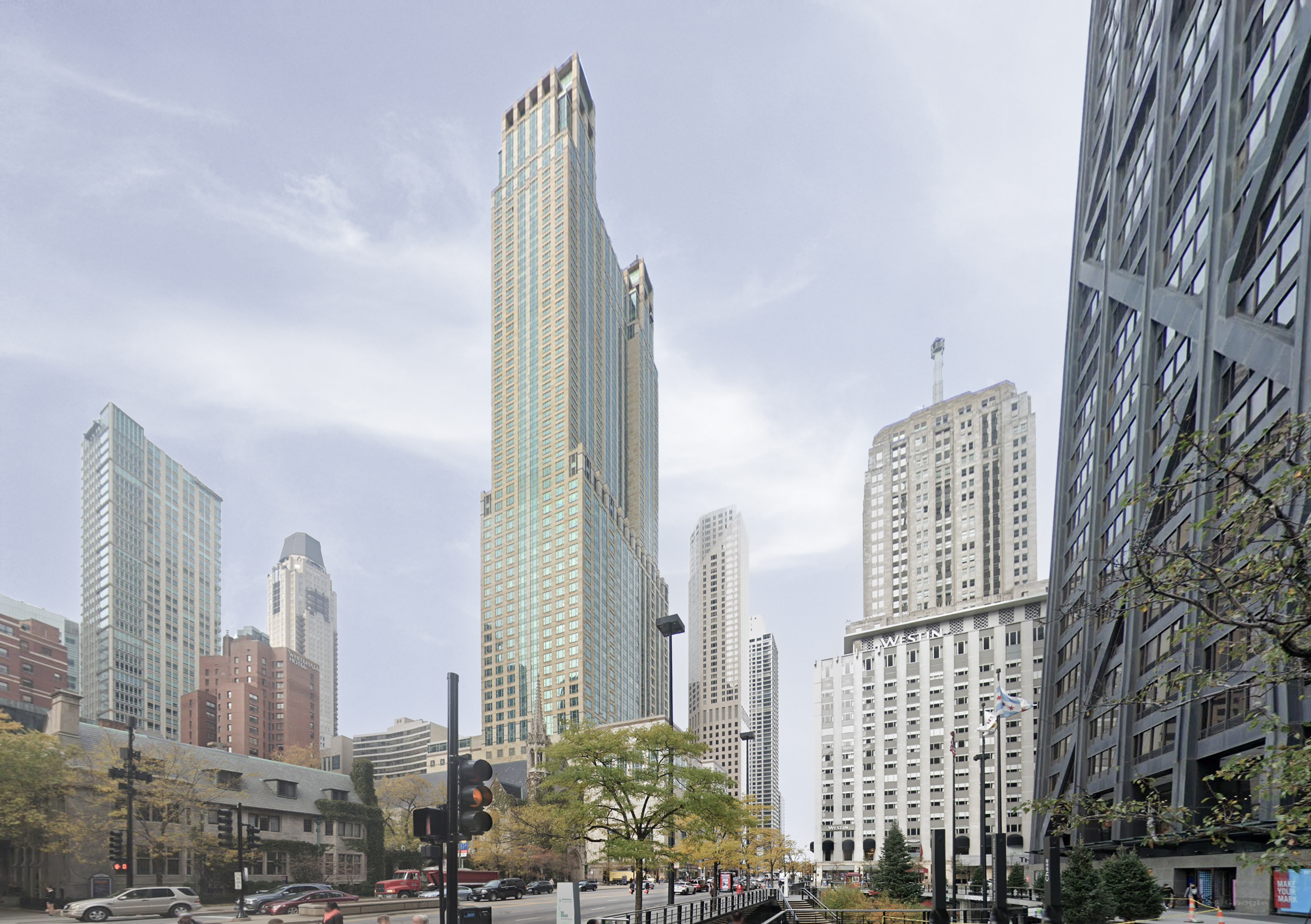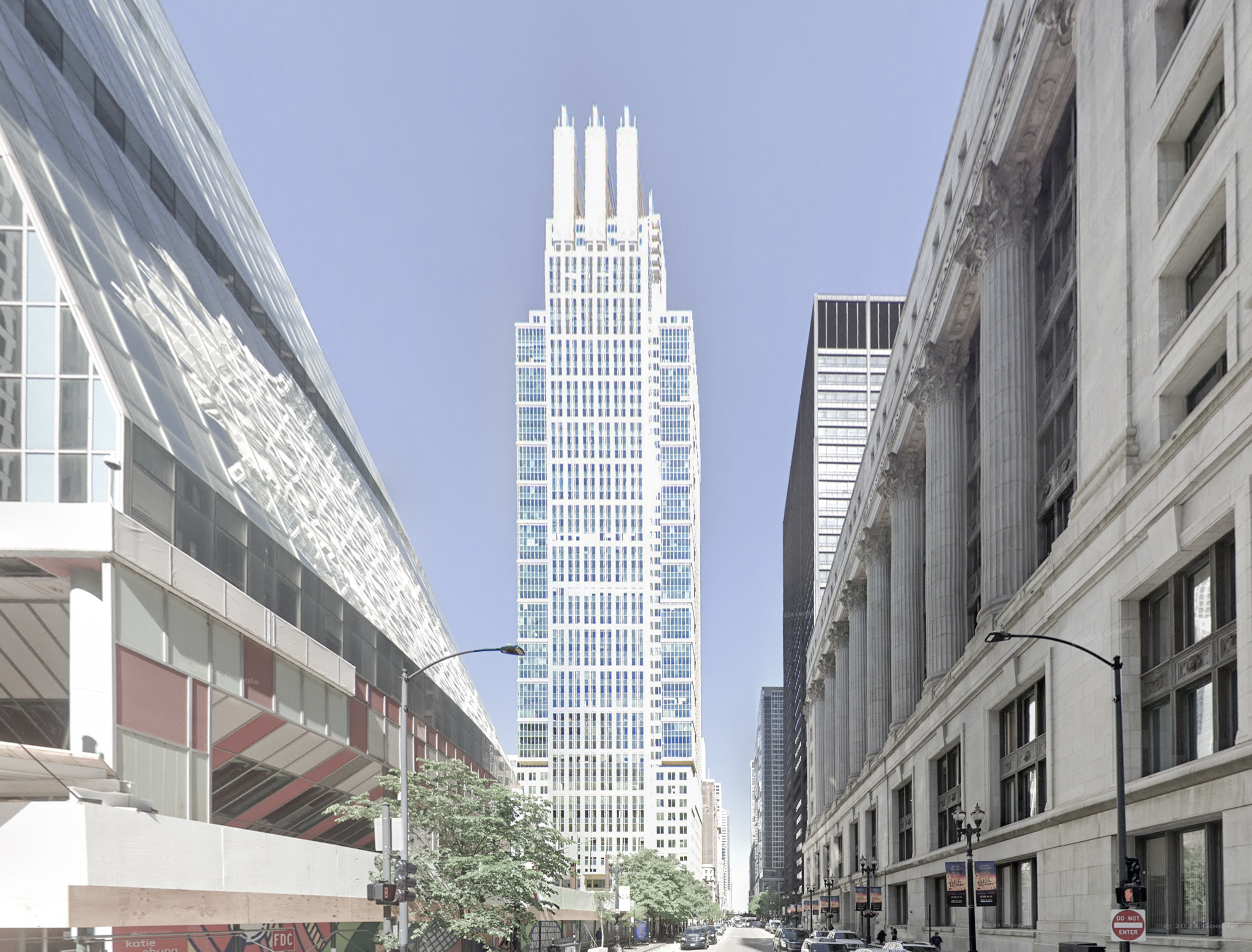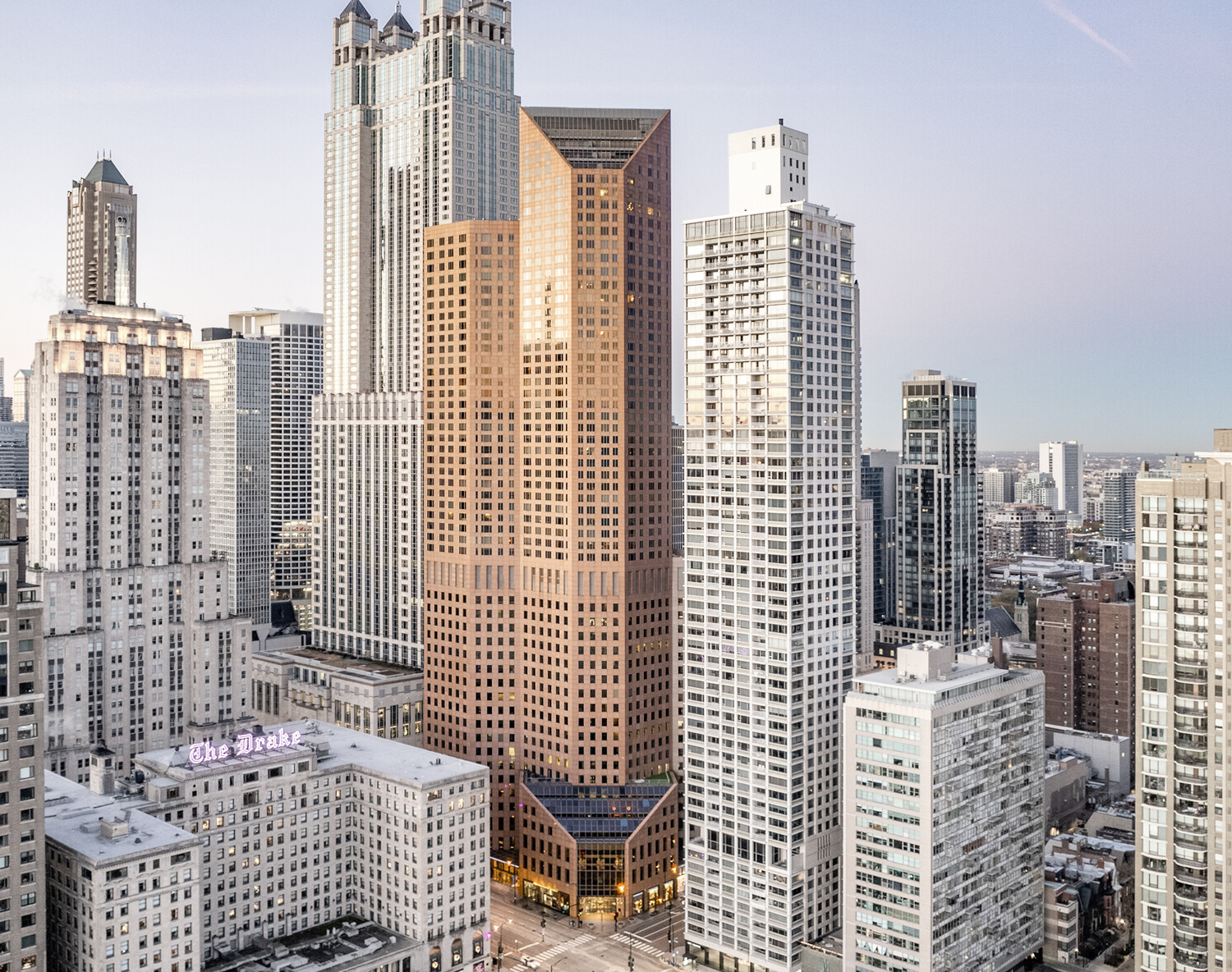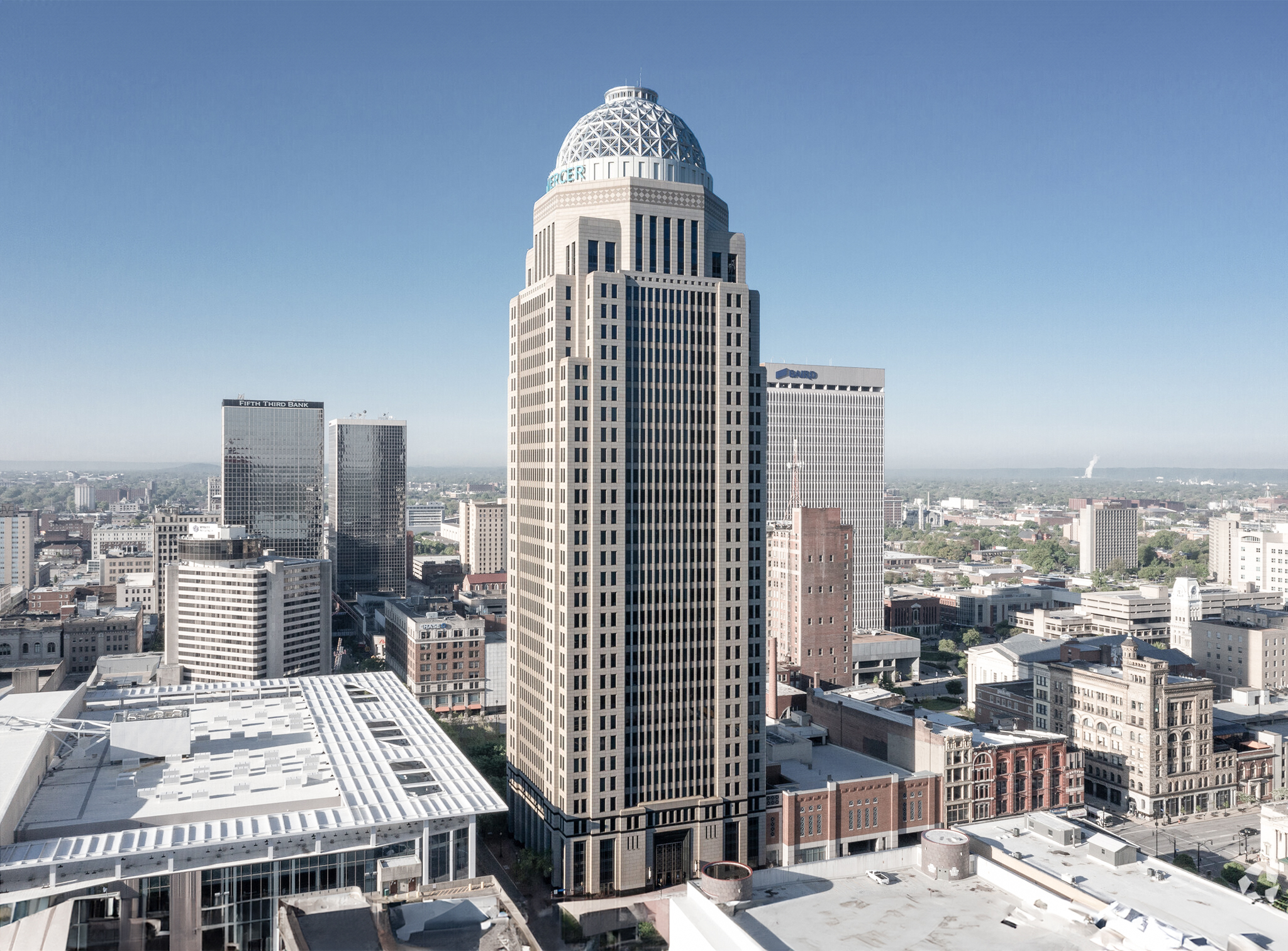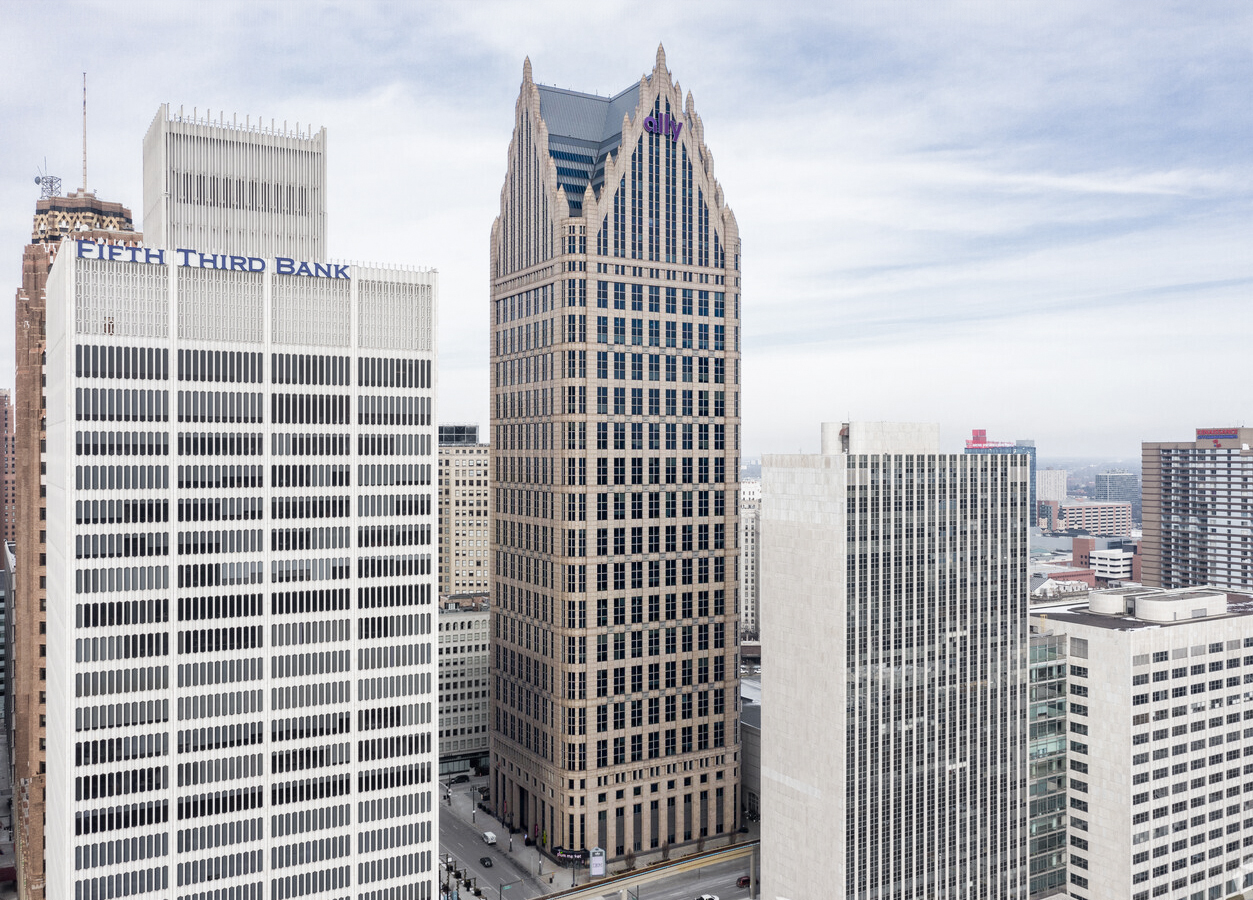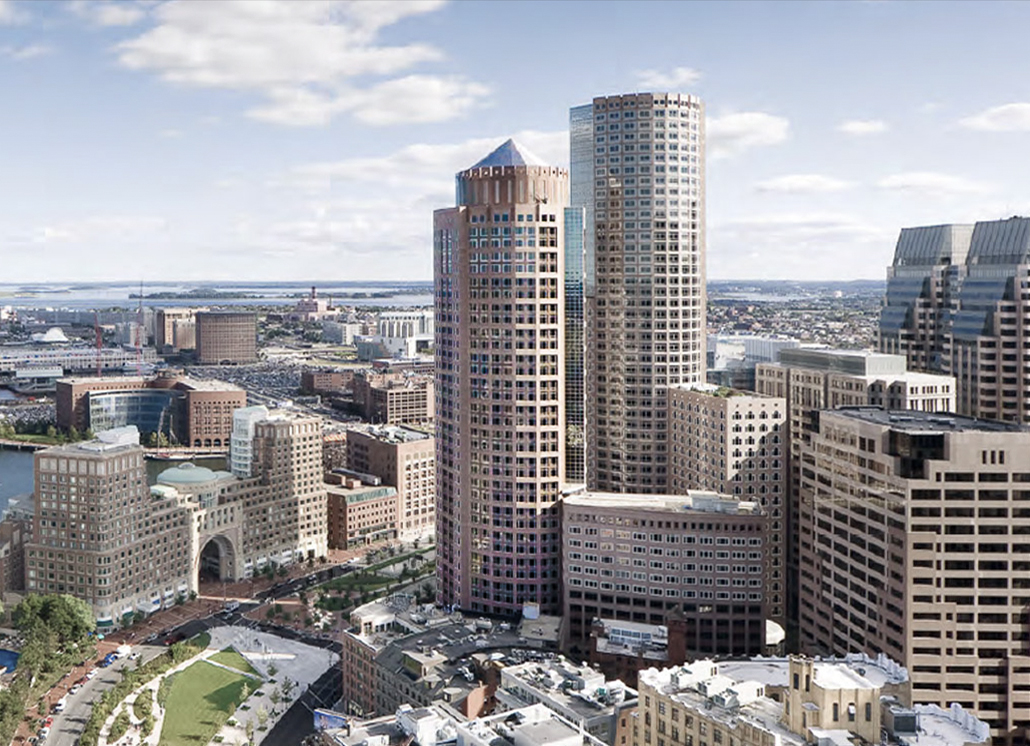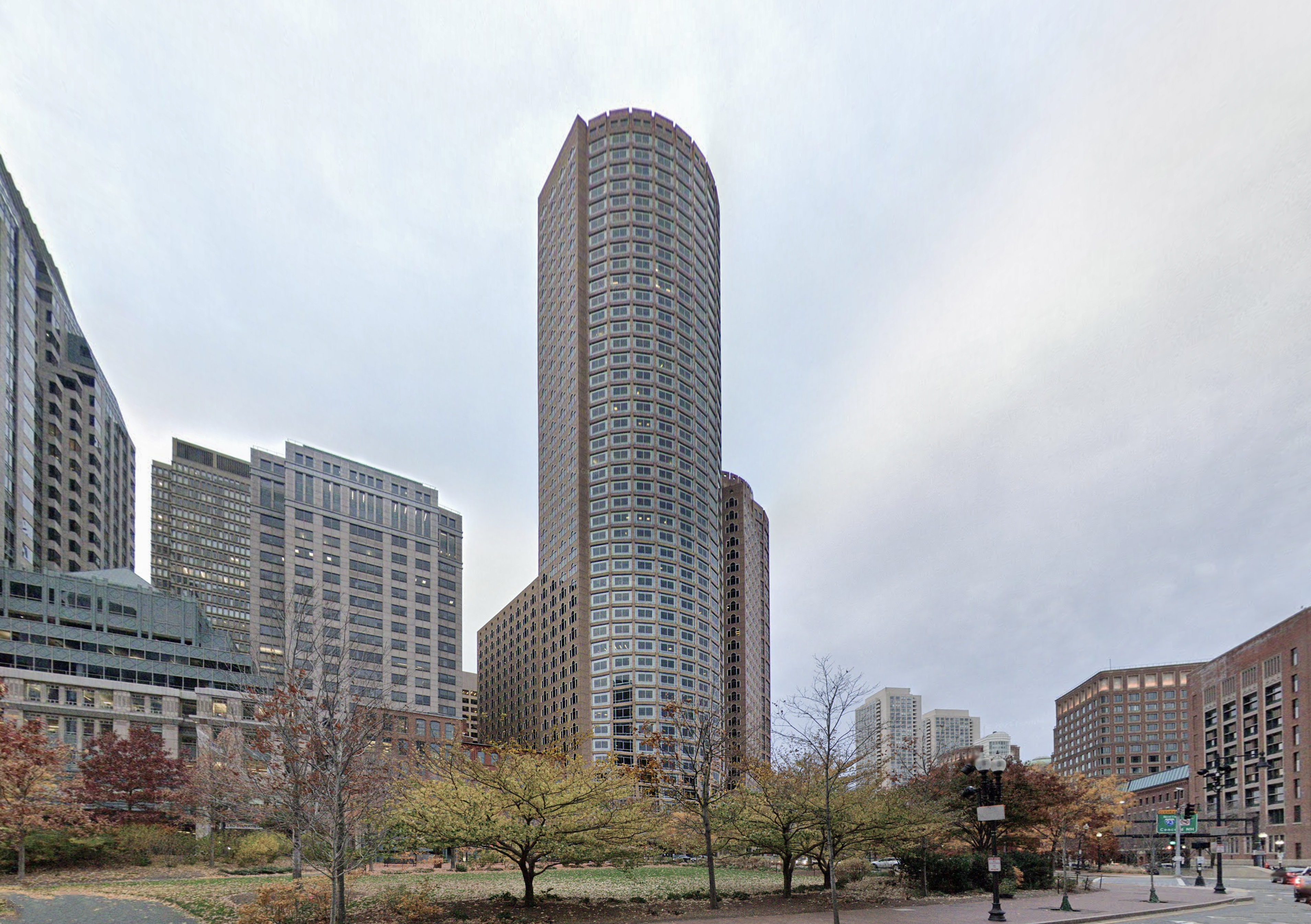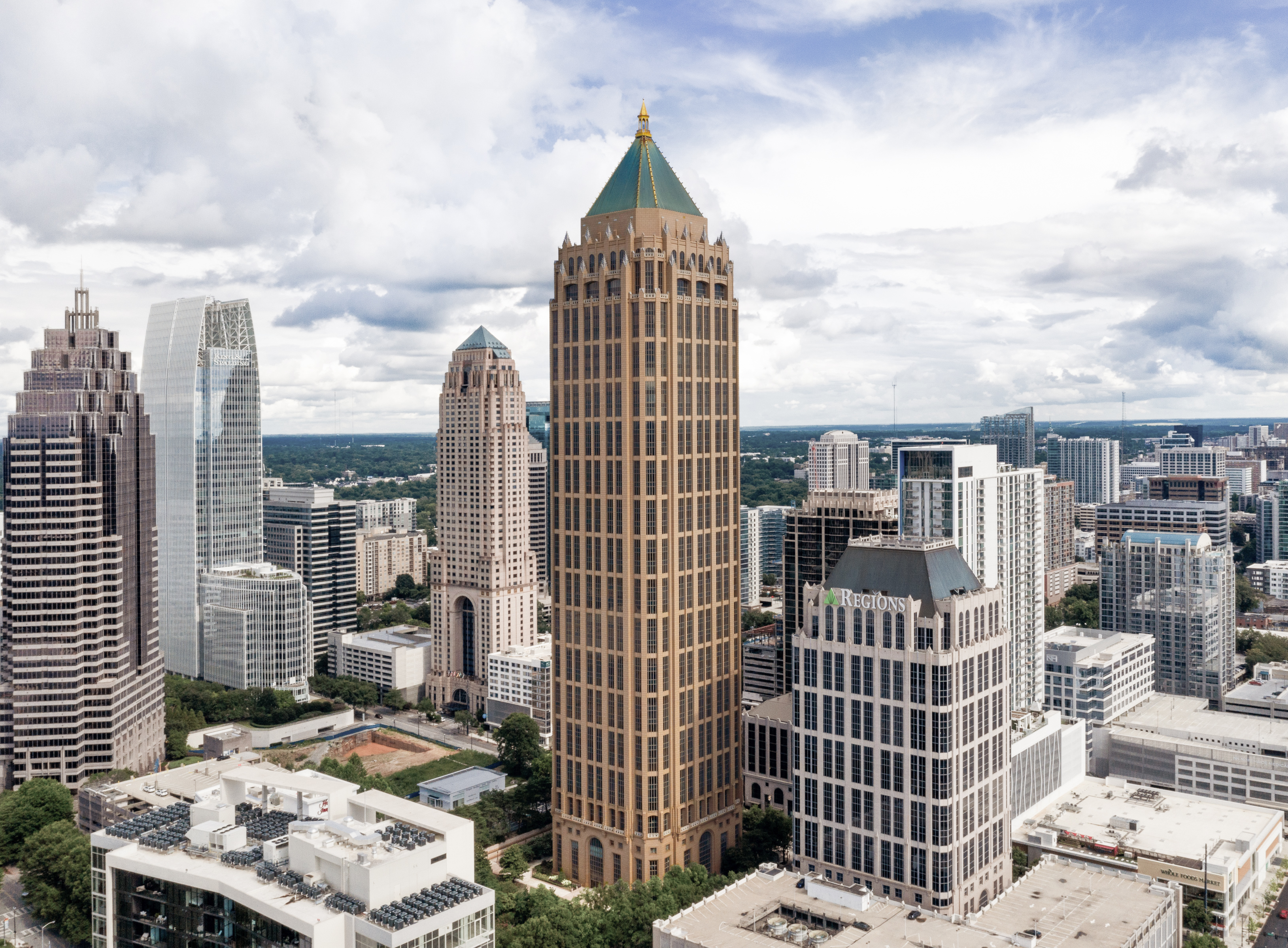The 190 South LaSalle Street is a Postmodernist skyscraper designed by Johnson/Burgee Architects, with Philip Johnson as lead architect, in association with Shaw Associates, and built between 1985 and 1987 in Chicago, IL.
190 South LaSalle Street is not the only name you might know this building by though. The building is, or has also been known as U.S. Bank Building.
Its precise street address is 190 South LaSalle Street, Chicago, IL. You can also find it on the map here.
In 1987 the 190 South LaSalle Street was awarded with the Chicago Building Congress – Building of the Year.
The various gabled roofs were inspired by the rooflines of the Burnham & Root Masonic Temple, built in 1892, which was originally located just a few blocks from 190 South LaSalle.
The building is located within the LaSalle Street Historic District..
The building underwent a major restoration in 2022. The architect commissioned to undertake this restoration was Norman Kelley.
